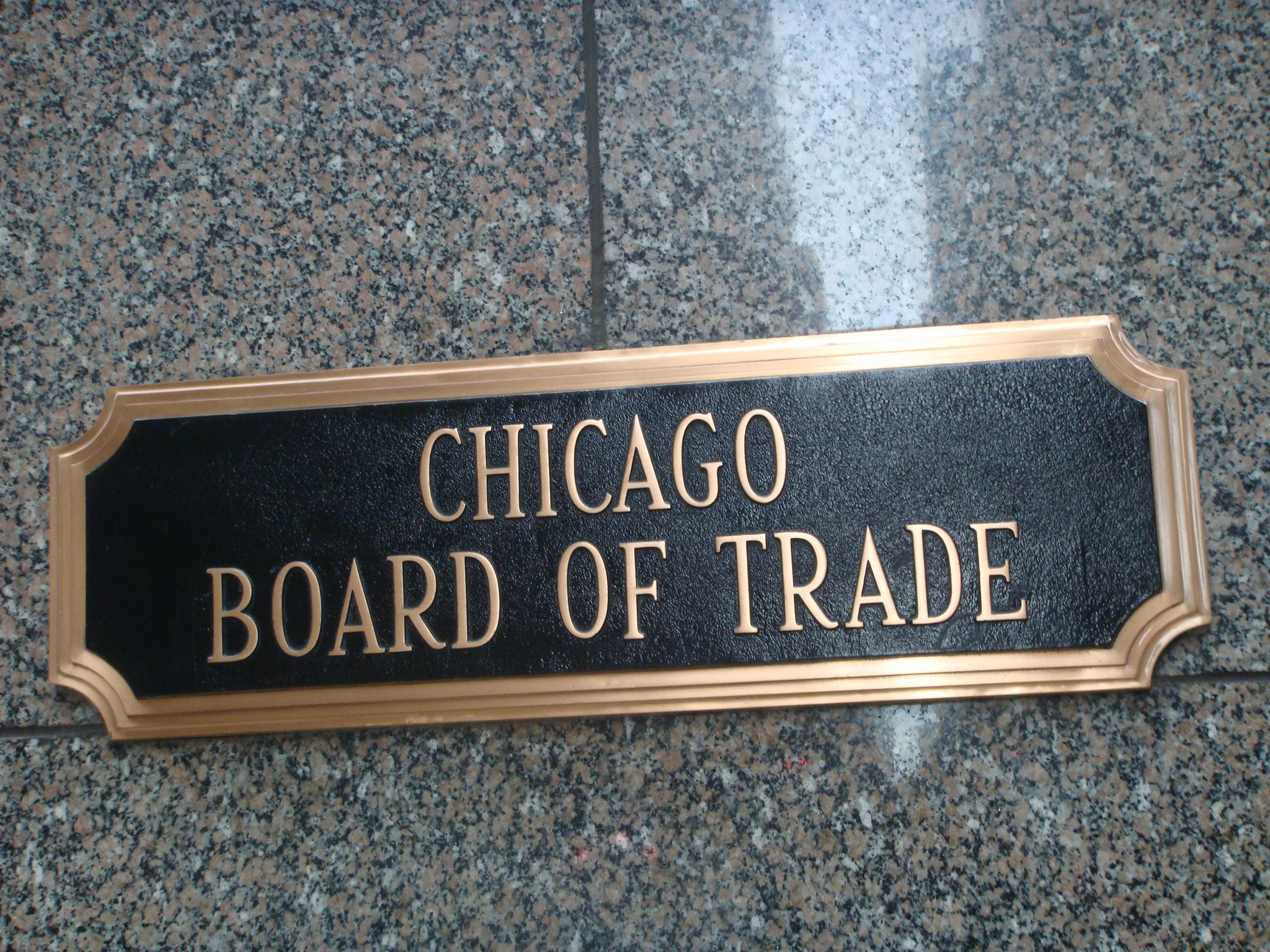
Speculation vs Hedging: A False Dichotomy?
September 25, 2014
Joseph Baines
How do we make sense of the role of different participants in futures markets? According to the conventional wisdom, market participants can be put into two different categories: hedgers and speculators. Hedgers, such as farmers and other commercial entities, assume positions in the futures market that are equal and opposite to their positions in physical markets. In so doing, they minimize the price risk exposures that inhere in their underlying physical market transactions: what they lose (gain) in their cash market positions, they gain (lose) in their futures markets positions. Thus, if they are perfectly hedged, such commercial entities are indifferent to the future course of prices. In contrast, according to the conventional creed, speculators take ‘a view’ on the market and engage in directional bets over future price levels. They assume hedgers’ risk and in return they receive a ‘risk premium’ – i.e. the potential to profit handsomely if their price bet proves accurate. From this perspective, hedgers and speculators have very different motives: the former seek to minimize risk, while the latter seek to maximize potential profit.
However, matters are rarely so simple in the real world. Let’s first consider the so-called speculators. Commodity index funds (CIFs) – such as the S&P Goldman Sachs Commodity Index – are considered to be the prototypical vehicles for speculation in contemporary derivatives markets and they have been lambasted by many for exacerbating commodity price spikes in recent years. Irrespective of the veracity of this allegation, it seems that those involved in trading commodity index swaps are conducting themselves in ways that do not comport with the textbook case of risk-inclined speculators. To be sure, the swap dealers that sell CIF products in over-the-counter markets buy futures contracts to offset the risk of these swap transactions. And the institutional investors that buy CIFs do so principally to offset risk in their stock portfolios, in light of much vaunted research that suggests that commodity futures prices are uncorrelated or even negatively correlated to equity and bond prices. In this regard, the derivatives market activity of both the purveyors and recipients of commodity index swaps seem to be driven principally by risk-reducing motives, notwithstanding the fact that neither have underlying exposures within physical commodity markets.
Now let’s consider those commercial entities that do actually have underlying cash exposures within physical commodity markets: the so-called hedgers. In the process of offsetting cash market risk, there are infinite variations in the amount of exposure that commercial entities may choose when developing their hedges, and these choices may partly be made with a view to profiting from the expected course of futures prices. In fact, companies often incorporate predictions of the future course of prices when executing hedges. Thus, rather than being indifferent to the future price levels like those perfectly hedged entities dreamed up by the conventional creed, real-world hedgers may select varying amounts of exposure when developing their hedges. No one knows which level of exposure is required before a partial hedge can be classified as a near-naked speculative bet. And by extension, there is no objective way in which we can delineate speculative from hedging activities.
Academic surveys of commercial firms give us reason to believe that commercial entities are engaging in risk management activities that are quite unbecoming of their historical status as ‘hedgers’. According to one survey, no less than 60 percent of the respondents indicated that some profit-based criteria were factored into their risk management evaluations. Such evidence confounds the view that the purpose of commercial risk management is to simply reduce risk. Even farmers appear to be getting drawn into the speculative bonanza. In one US-based study carried out by Farm Futures magazine, approximately 35 percent of farmers admitted to speculating in commodities that they do not raise; 25 percent of farmers said that they use futures and options to buy or sell more than their actual production; and almost 70 percent of corn growers and over 60 percent of soybean growers admitted to holding corn and soybeans un-hedged. Moreover, now there is mounting evidence that farmers are engaging in speculative hoarding.
Thus, when scrutinized, the hedging/speculation dualism breaks down into a complex morass of risk management practices in which ‘commercial’ entities may be actively seeking risk, while ‘financial’ entities may be actively avoiding it. Greg Kuserk – the Commodity Futures Trading Commission Deputy Director for Market Surveillance – summed up this rather confusing situation perfectly: ‘The continued development of portfolio and risk management theories and practices has blurred the distinction between pure hedging and pure speculation. Today we see hedgers that behave somewhat as speculators—as they choose to hedge or not hedge based on price expectations—and speculators behaving somewhat as hedgers—in the sense that they are using derivatives to reduce the overall risk of a portfolio’.
The capital as power framework has already debunked a number of conceptual dualisms that are espoused to various degrees by both mainstream and heterodox economics: production and finance, politics and economics, the real and the nominal. Perhaps it’s about time we take aim at another dualism: speculation and hedging.
